
Ethiopian lunches in the BHK are happy times!
We love the bold flavours and vibrancy of Ethiopian dishes like this. A creamy, rich, spicy sauce, slowly cooked with seasonal vegetables and flavourful fava beans.
This is my version of an Ethiopian Wat (stew/ curry), maybe somewhere between Shiro and a traditional Wat, if you know you’re Berbere from your Radhuni?! Wat’s can take hours to cook, so I’ve cut the cooking time, without losing any of the flavours.
I’ve basically taken some local, seasonal, radiant Welsh veggies and treated them to an aromatic, creamy sauce, then served it on a warm chickpea flatbread with whole host of colourful trimmings. It’s a simple dish that looks the part.
I’ve just returned from a little jaunt around the world, stepping out to Israel, Palestine, Rome and Vienna, with a Christmas spell in Murcia. I’m taking it all in at the minute, having seen so many incredible sites and I’m happy to confirm that the world is still a miraculous place filled with warm hearted people. I’ve also packed in loads and loads of foodie inspiration and cooking!! I’ve eaten VERY well, a moveable feast of tasty surprises.
So I thought I’d cook Ethiopian! A flavoursome curveball. Recipes from these other fascinating countries will filter through, from notebook, to mind, to pan, to page, but at this time, I can’t forget the Ethiopian meal I had in Jerusalem. It was the real deal.
Ethiopian Monks
One of my most memorable experiences of the trip was hanging out with the Ethiopian monks/ priest in the Church of the Holy Sepulchre. A very powerful experience in a peaceful nook away from the hustle and bustle of old town Jerusalem. Afterwards, me and my Lithuanian travelling buddies, happened upon a traditional Ethiopian restaurant and enjoyed a right old feast.
We ordered Bayenetu, huge platters of colourful dishes, presented on the traditional Injera flatbreads (tangy, fermented, light and fluffy, grey flatbreads, made with the gluten-free Teff flour), pan fried vegetables or gomen (collard green with spices), atkilt wat (normally spiced cabbage, carrots, potatoes in sauce), legume stews like terkik alitcha (a yellow split pea stew), shiro (a rich puree made with chickpea flour) and a mixture of salads. Woah!
You eat it all with your hands, ripping off the injera and using it to scoop up the array of delights. As you know, eating with your hands is great fun, dive in! Just use your right. Always. I’m told that eating like this is a communal experience in Ethiopia, everyone tucks in off one plate, sometimes even feeding each other, which is a mark of respect and love, although I realise this technique might take some time to catch on in the UK.
The restaurant was also banging out some Ethiopian pop music, with accompanying videos, which added to the atmosphere. I love Ethiopian music. The smiling owners were really happy to serve these vegetable platters and mentioned that not many tourists found there way to the restaurant, the place was reassuringly filled with Ethiopians.
Vegan Ethiopia!
I’ve been told that Ethiopians are big meat eaters, but they definitely know how to treat a vegan! Many Ethiopians are Orthodox Christian, which means ‘fasting’ days, where vegan dishes are traditionally eaten. I’ve noticed from travelling the world, that when the local religions have a ‘fasting’ day, it normally means some excellent food is coming my way.
As a plant munching traveller, the general set-up is like this; I go to many markets, I love them dearly, a buzzing core of the local scene. I see all the local produce in big colourful piles and can’t wait to see what the local cooks are up to. Then, a sinking feeling, I realise that non of the local restaurants are using anywhere near the full range of veggies in the market and this awesome opportunity to celebrate food has been overlooked. These platters of Ethiopian food, and also those sensational Thali dishes of India, seem to have tapped into the joys of cooking with diverse ingredients.
How does that sound to you? I’m not speaking from experience here, I’ve enjoyed loads of Ethiopian food over the years but have only spent 12 hours walking around Addis Ababa airport (it’s a long-ish story!) and never made it out into the country. It looked nice from the plane window!! Ethiopia is a country I’d dearly love to visit, diverse and rich in culture, this certainly comes across, piled all over Injera.

Vegan, Super Healthy and Spicy – Ethiopian Vegetable and Fava Bean Stew
Recipe wise, fava beans can be an acquired taste, we’re talking about the dried ones here. They are full flavoured and therefore ideal for stews and soups. If you really, really, don’t like them, go for another red bean. Kidney or aduki will suffice. I’ve also added some chickpeas here for a little legume variety.
I’ll post my Berbere spice mix recipe next. You can use shop bought mixes also.
Nitter kibbeh (clarified butter) is a popular ingredient in Ethiopian dishes. I’ve gone for peanut butter here, you all know it and most love it. You can’t go wrong adding a little nut butter to stews and curries, it adds that essential creamy, richness to this sauce.

I didn’t have any Teff flour at the minute, so I used Chickpea flour to make these flatbreads. You’ll find a recipe for these in Peace & Parsnips of search the blog. I love chickpea flatbreads/ pancakes, there are a few versions.
Recipe Notes
No berbere spice mix? You can use other spice mixes like Ras El Hanout, Garam Masala, but to make it taste especially Ethiopian, you need the real stuff! Try making your own? It’s also widely available in shops/ supermarkets (in the UK that is).
Brown cane sugar, I used jaggery, an unrefined Indian sugar. This has a lovely caramel flavour. Use what you have.
Use whatever seasonal vegetables you have around. What’s local and good? In North Wales, right now, I’m loving these rampant roots! I understand the golden beetroots are fairly rare, go for some nice squash, sweet potato or extra carrots instead.
I scrubbed the veg well, but didn’t peel it. I believe there is more flavour there and there is definitely more nutrients when the skins are on.
I’d recommend cooking your Fava Beans from scratch. Grab 275g dried fava beans, soak them over night until they are nice and plump. Rinse well and place in a pan covered with cold water. Add 1/2 teas bicarbonate of soda, this will speed up the cooking and soften the beans. Bring to a boil and simmer for 35-45 minutes. Until the beans are soft.
Wat’s in Ethiopia are traditionally very spicy. Feel free to add more chilli to your stew, but first taste what you have. Some Berbere spice mixes will already be packing some incendiary heat.

Happy days! Ethiopian Vegan Wat for lunch….Beach House Kitchen favourite!
Spicy Ethiopian Vegetable and Bean Stew – Vegan and Gluten-free
The Bits – For 6-8 big portions for hungry ones
1 large white onion (very finely diced)
1 large/ 150g carrot (chopped into chunks)
3 medium/ 250g potatoes (chopped into chunks)
1 large/ 250g golden beetroot (chopped into chunks)
500g cooked fava/ broad beans (reserve the cooking broth)
1 tin chickpeas (drained)
1 tin chopped tomatoes (organic, good ones)
4 tbs berbere spice mix
2 teas ground ginger
4 tbs peanut butter
2 tbs brown cane sugar
700ml hot vegetable stock/ bean cooking stock
Sea salt
2 tbs cooking oil (I use cold-pressed rapeseed oil)
Do It
In a large frying pan or sauce pan, warm your oil on medium high heat and add the onions. Fry until nicely golden brown, for 8-10 minutes, a nice dark colour, this is a feature of all ‘Wat’s’.
Add the berbere and ginger, stir, cook for a minute. Turn the heat up and add the chopped tomato and 1 teas salt. Cook for 5 minutes, stirring. Intensify those glorious spices and flavours!
Stir in peanut butter and then gradually add your hot vegetable stock. Bring this sauce to a boil and add the vegetables. Leave this to bubble away for 20 mins, stirring often. Add the beans and chickpeas to the pan and cook for a further 10-15 minutes, until the beetroot is cooked.
Now add the sugar and season with salt, thinning out the sauce with a little hot water if you like, the potatoes and beans will thicken the sauce.
Serve with your favourite flatbread, injera if you’re keeping it traditionally Ethiopian. Add to the plate a selection of vegetables and salads, pan fried cabbage/ greens, chutneys, pickles, fermented vegetables, yoghurt…a riot of colours and textures. Make it beautiful!
Finish it all off with the nice Ethiopian coffee and your favourite Ethiopian tunes.

My Aromatic Vegan Ethiopian Stew, somewhere between Shahan Ful and Doro Wat….
Foodie Fact
Fava beans are an ingredient we don’t use too often in the UK. I’ve no idea why? They’re delicious and packed with beneficial nutrients. They have loads of fibre, protein, folate and minerals like copper, manganese, magnesium, iron and potassium. Legumes in general are an excellent source of nutrition for all plant-based superheroes and have the benefit of filling us up for a long time.
We’re now on INSTAGRAM!
Pop over and say hello, we’re posting regular recipes and updates from the Beach House Kitchen
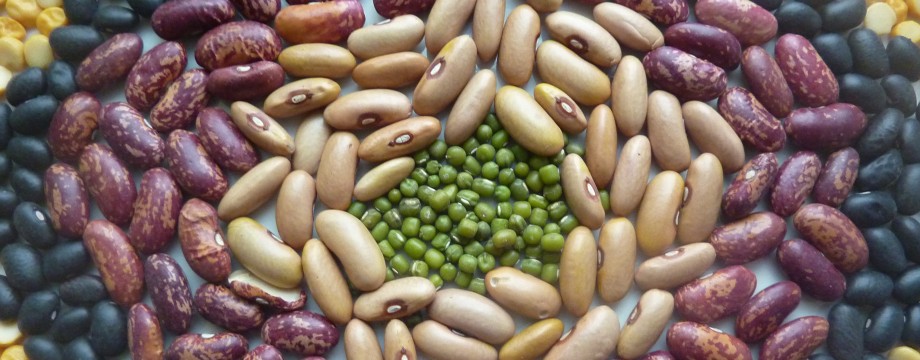


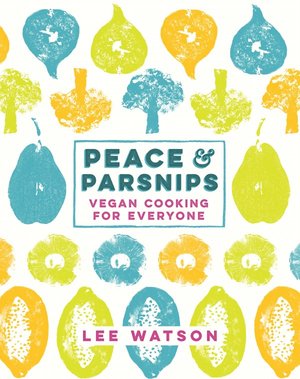






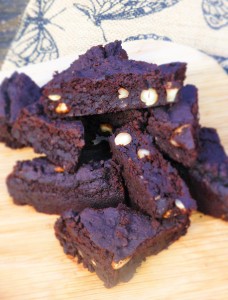
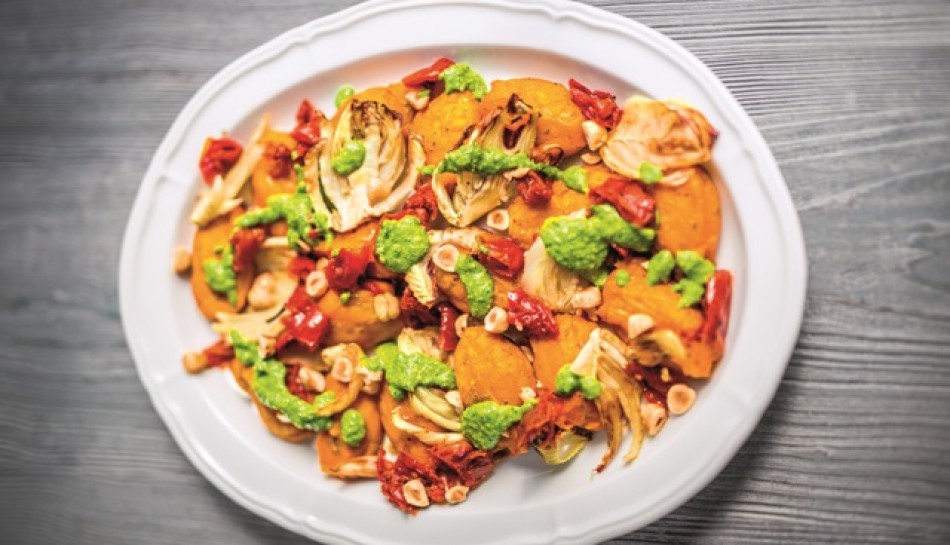




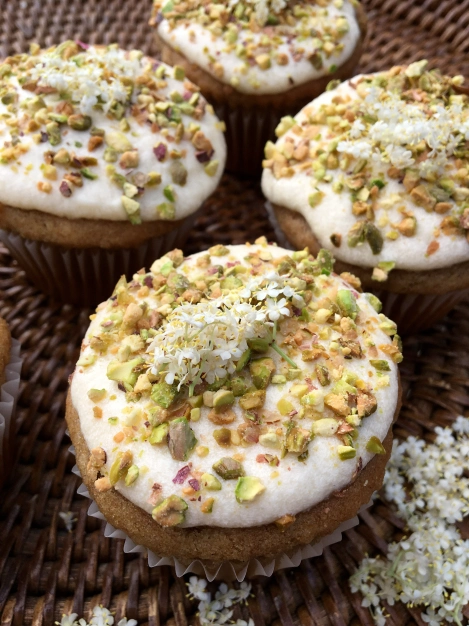




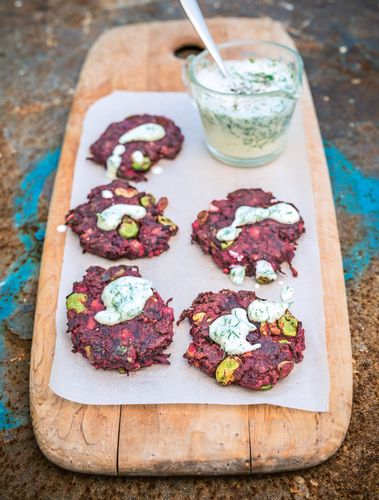
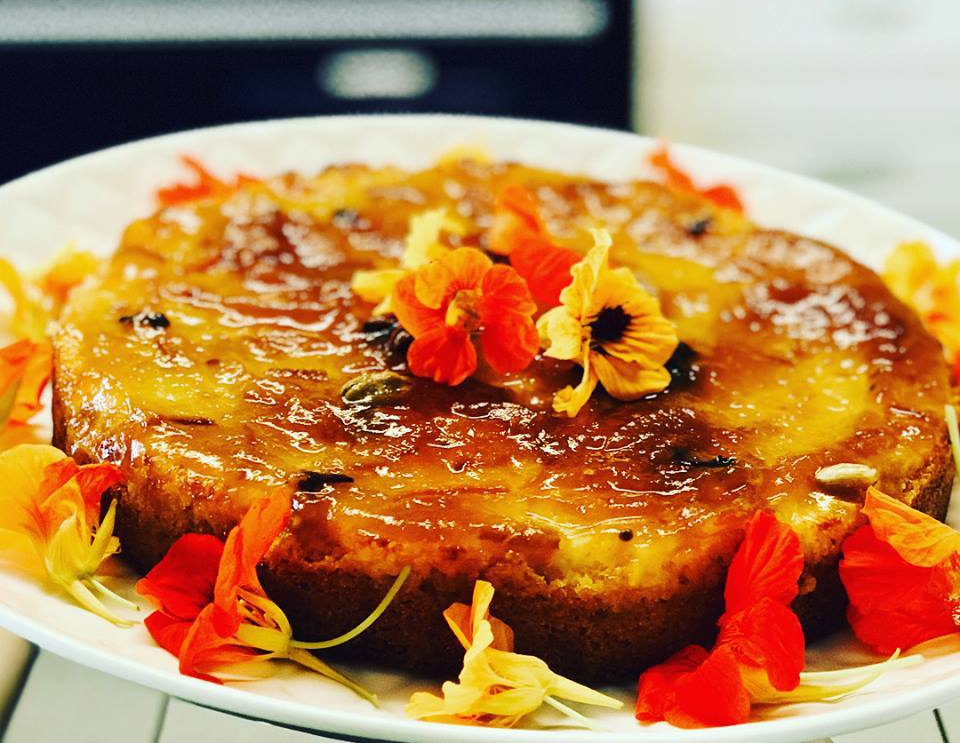
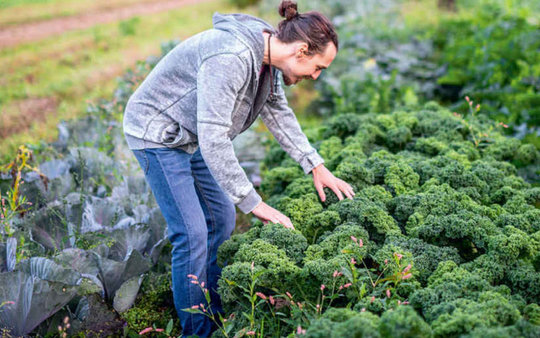

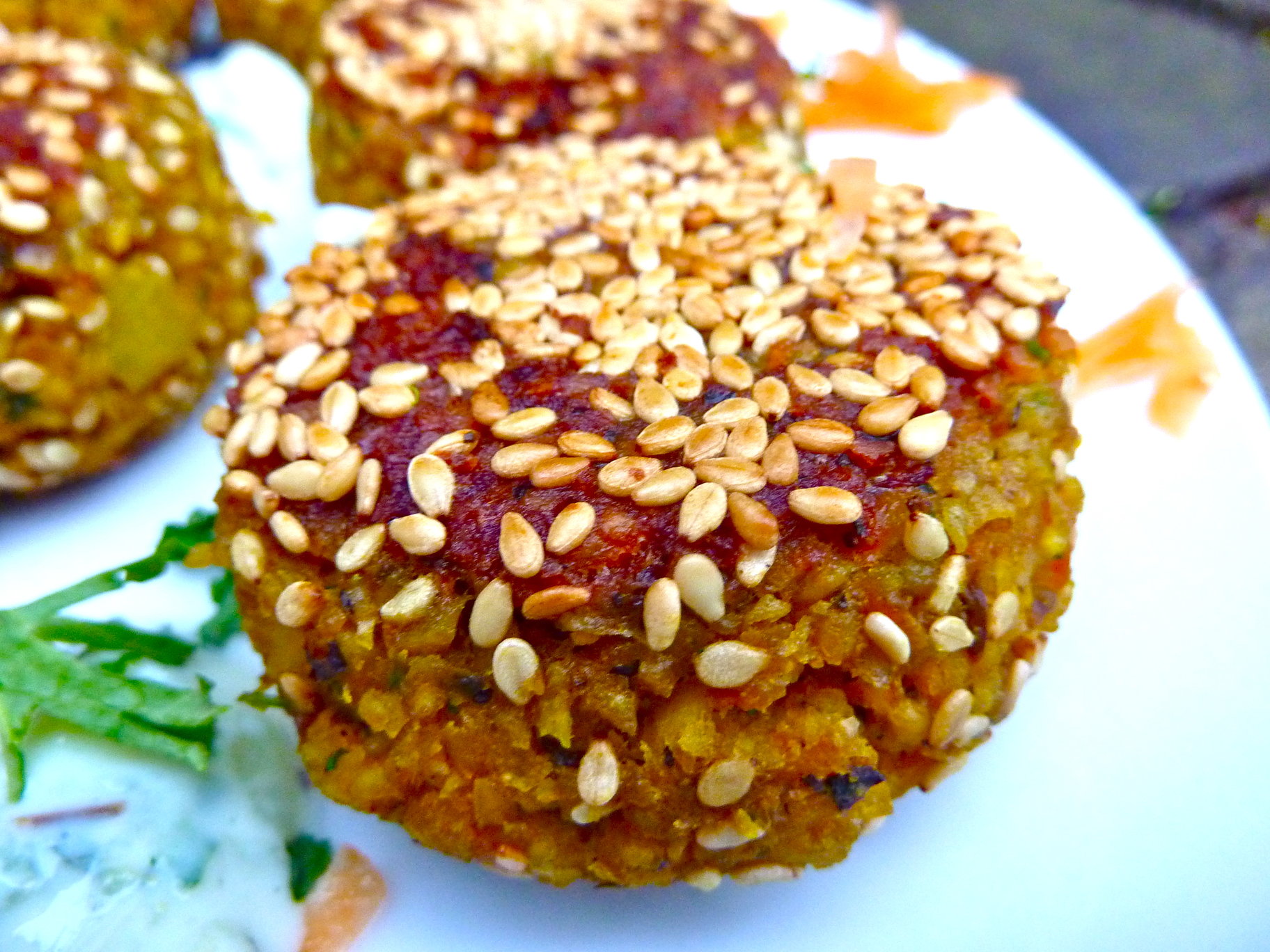






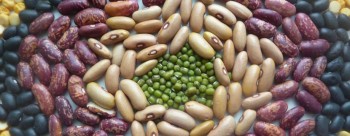

Leroy, this sound absolutely delicious!!! I love that you served it on a chickpea flatbread.
Many thanks Dorothy!!:) The flatbreads are so easy and tasty. We love em😄👍
Hi, looks great. Should the fava beans be whole beans. I have split fava beans which break up and end up looking like dahl, which is what usually use them for.
Whole ones for this recipe Jill👍 Split fava beans do make lovely daal😋 Happy cooking😎
There are some recipes for split fava beans on here too👍⭐️✌️
This sounds delicious! I went to an Ethiopian restaurant near Tufnell Park a few years ago. I can’t remember what I ate, but I do remember loving it!
Sounds good!😋
I found your cookbook propped up in my library and took it out on an impulse. So far, I’ve cooked 4 recipes from it and LOVED THEM ALL! I think I’ll buy it once I return it to the library!
Was perusing your blog, when my 2 yr old saw the picture of the stew and went Mumma make it! Don’t have the Berbere mix but have all the ingredients at hand, so will just make it up. I did have a question about Fava beans: it’s a spring veg here on the US east coast, so wondering if there’s a substitute for that? Will try to seek out dried version too tmr when I go grocery shopping! And definitely adding root veggies in season!
Going to look up the chickpea flatbread which reminds me of the besan cheeela that my mom used to make back in India!
Thanks for letting me know! That’s so cool that you found Peace and Parsnips in a US library!! Let me know how the recipe goes, I hope you enjoy it. The chickpea flatbread mix is just basic, but delicious! Besan flour, water and salt (add whatever spices or herbs you like). I sometimes add a little Baking Soda for a lighter pancake. I’m sure your Indian pancakes will be amazing. Much of my inspiration for flavours, techniques and new ideas comes from India. I love Indian food (Ethiopian too;)!! Happy cooking, Lee:)
This sounds gorgeous.Thank you for sharing.
Thank you Mohan! Hope you get to try it out:)